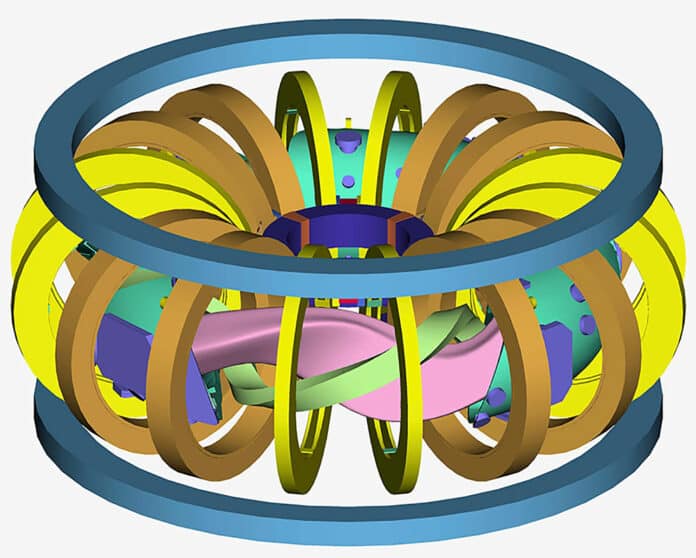To produce the intended release of energy, atomic nuclei must fuse in plasmas maintained at the proper density, temperature, and time. One of the obstacles to achieving the vast amounts of energy nuclear fusion promises is perfecting plasma.
One recipe involves using large, donut-shaped devices with powerful magnets containing plasma while carefully aligned microwave generators heat the atomic mixture.
The Institute of Advanced Energy at Kyoto University, in collaboration with the Kharkiv Institute and the Max Planck Institute for Plasma Physics, set out to create plasmas with fusion-suitable densities using microwave power with low frequency.
Lightning-like gas breakdown, early plasma creation, and steady-state plasma are the three crucial stages the study team has found in the plasma production process. The study is being conducted using Heliotron J, the latest iteration of experimental fusion plasma devices at the Institute of Advanced Energy, located on KyotoU’s Uji campus in south Kyoto.
Group leader Kazunobu Nagasaki explains, “Initially, we did not expect these phenomena in Heliotron J but were surprised to find that plasmas were forming without cyclotron resonance.”
The team bombarded a feed gas with powerful microwave bursts operating at 2.45 GHz. Home microwaves operate at the same frequency as Heliotron J, which is around ten times more potent and concentrated across a small number of gas atoms.
Nagasaki said, “Unexpectedly, we found that blasting the microwaves without alignment of Heliotron J’s magnetic field created a discharge that ripped electrons from their atoms and produced an especially dense plasma.”
“We are extremely grateful that our colleague could continue supporting the study, despite the war in Ukraine. Our findings about this method to generate plasmas using microwave discharge may simplify fusion research in the future.”
